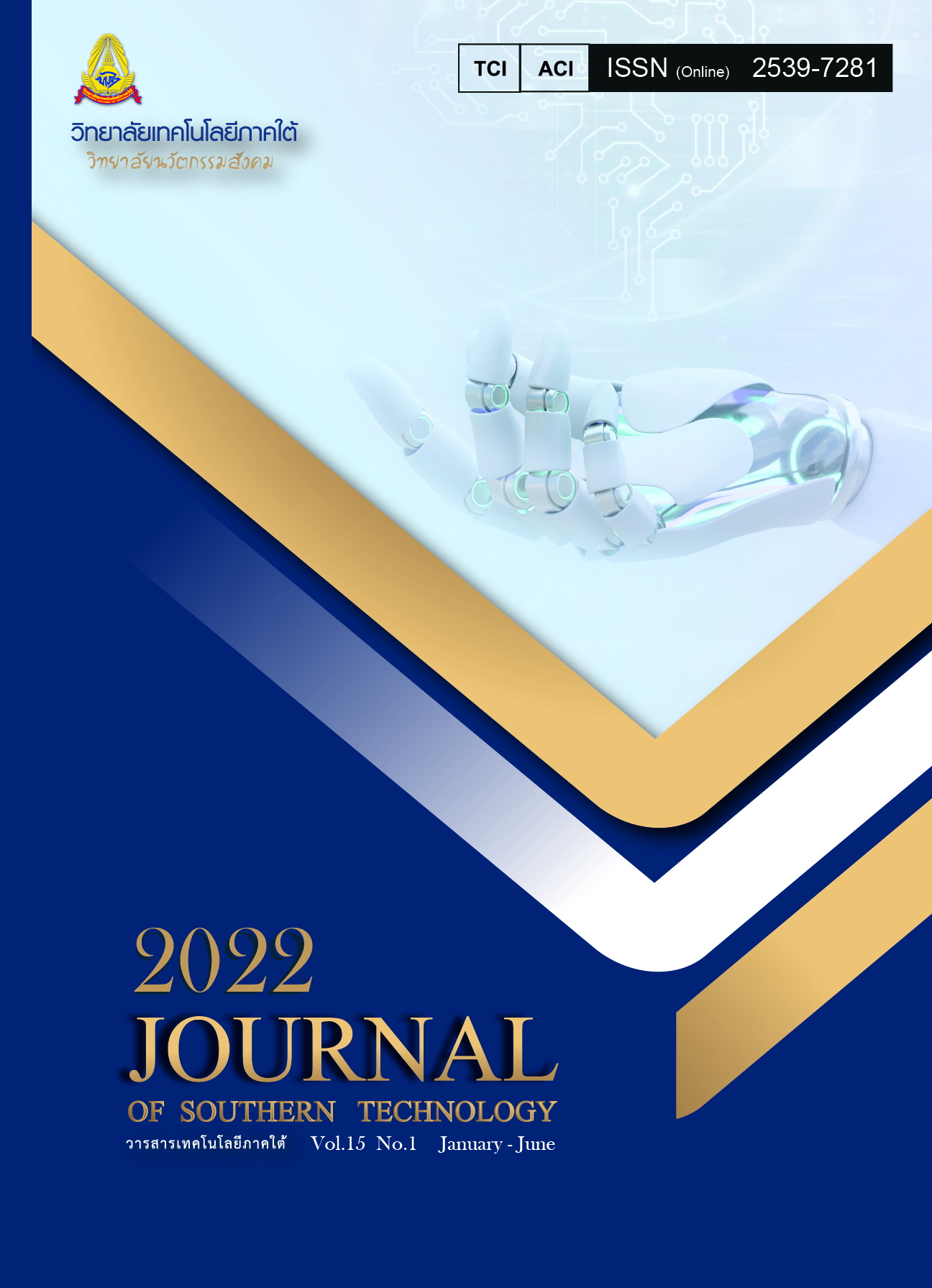Factors Associated to the Intention to Prevent COVID-19
Main Article Content
Abstract
The coronavirus (COVID-19) infection leads to a surge in the disease and the infection results in a high mortality rate. To reduce the spread, it is important to engage in preventive behaviors recommended by the ministry of public health, such as washing hands, wearing a face mask, and social distancing. This study aimed to investigate factors associated with the intention to prevent COVID-19 based on protection motivation theory (PMT). It is a cross-sectional study. A sample of 422 individuals aged 18-year-old and above who reside in Mueang District, Sakon Nakhon, participated in the study. They were selected using multi-stage random sampling. The data collection instrument was a researcher-made questionnaire. The content of questionnaire was constructed base on the conceptual framework of the PMT. The data obtained were analyzed by using percentage, mean, standard deviation and Pearson's Correlation. Results showed that factors of knowledge, perceived threat, perceived severity, response efficacy, self-efficacy, had a positive correlation with the intention to prevent COVID- 19. However, stress showed a negative correlation with the pandemic situation. This correlation exhibits statistical significance (p<.001). With these factors, it can be used to design a training program to educate people, village health volunteer and family health leaders and community health leaders. This will also be applied to caregivers of people infected with coronavirus 2019 who are staying at home in the future.
Article Details

This work is licensed under a Creative Commons Attribution-NonCommercial-NoDerivatives 4.0 International License.
-
Authors must agree to the journal publication rules and allow the editors to edit the manuscripts for publication.
-
Author’s right belongs to the author but Journal of Southern Technology holds the right of first publication and thus allow readers to use the article for the purpose of education but not commercial.
References
Al-Rasheed, M. (2020). Protective behavior against COVID-19 among the public in kuwait: an examination of the protection motivation theory, trust in government, and sociodemographic factors. Soc Work Public Health, 35(7), 546-556.doi:10.1080/ 19371918.2020.1806171
Bashirian, S., Jenabi, E., Khazaei, S., Barati, M., Karimi-Shahanjarini, A., Zareian, S., . . . Moeini, B. (2020). Factors associated with preventive behaviours of COVID-19 among hospital staff in Iran in 2020: an application of the Protection Motivation Theory. The Journal of hospital infection, 105(3), 430-433. doi:10.1016/j.jhin.2020.04.035
Department of Disease Control. Ministry of Public Health. (2021). COVID-19. Retrieved from https://ddc.moph.go.th/viralpneumonia/
Kowalski, R. M., & Black, K. J. (2021). Protection motivation and the COVID-19 virus. Health Commun, 36(1), 15-22. doi:10.1080/104102 36.2020.1847448
Mortada, E., Abdel-Azeem, A., Al Showair, A., & Zalat, M. M. (2021). Preventive behaviors towards covid-19 pandemic among healthcare providers in Saudi Arabia using the protection motivation theory. Risk Management and Healthcare Policy, 14, 685-694. doi:10. 2147/ RMHP.S289837
Okuhara, T., Okada, H., & Kiuchi, T. (2020). Predictors of staying at home during the covid-19 pandemic and social lockdown based on protection motivation theory: a cross-sectional study in Japan. Healthcare, 8(4), 475.
Prasetyo, Y. T., Castillo, A. M., Salonga, L. J., Sia, J. A., & Seneta, J. A. (2020). Factors affecting perceived effectiveness of COVID-19 prevention measures among filipinos during enhanced community quarantine in luzon, philippines: integrating protection motivation theory and extended theory of planned behavior. International of Journal Infection Disease, 99, 312-323. doi:10.1016/ j.ijid. 2020.07.074
Rogers, R. W. (1975). A protection motivation theory of fear appeals and attitude change1. The Journal of Psychology, 91(1), 93-114. doi:10.1080/00223980.1975.9915803
Rogers, R. W. .(1983). Cognitive and Physiological Processes of Fear Appeals and Attitude Change: A Revised Theory of Protection Motivation. New York: Gilford Press.
Rogers, R. W., & Prentice-Dunn, S. (1997). Protection Motivation Theory. In Handbook of Health Behavior Research 1: Personal and Social Determinants. (pp. 113-132). New York, NY, US: Plenum Press.
Shahnazi, H., Ahmadi-Livani, M., Pahlavanzadeh, B., Rajabi, A., Hamrah, M. S., & Charkazi, A. (2020). Assessing preventive health behaviors from COVID-19: a cross sectional study with health belief model in Golestan Province, Northern of Iran. Infect Dis Poverty, 9(1), 157. doi:10.1186/s40249-020-00776-2
Taheri-Kharameh, Z., Bashirian, S., Heidarimoghadam, R., Poorolajal, J., Barati, M., & Rásky, É. (2020). Predictors of fall protective behaviors among Iranian Community-Dwelling older adults: an application of the protection motivation theory. Clinical Interventions in Aging, 15, 123-129.doi:10.2147/cia.S224224
The Civil Aviation Authority of Thailand (CAAT). (2021). The Situation of COVID-19 in Thailand. Retrieved from http://www. moicovid.com/ 07/04/2021/uncategorized/2953/
Wayne, W. D, & Chad, L. (2013). Biostatistics: A Foundation for Analysis in the Health Sciences: Wiley.
WHO. (2021a). Coronavirus. Retrieved from https://www.who.int/health-topics/ coronavirus#tab=tab_1
WHO. (2021b). Coronavirus. Retrieved from https://www.who.int/health-topics/ coronavirus#tab=tab_1
WHO. (2021c). Protect Yourself and Others from COVID-19. Retrieved from https:// www. who. int/emergencies/diseases/novel-coronavirus-2019/advice-for-public
Yıldırım, M., Geçer, E., & Akgül, Ö. (2021). The impacts of vulnerability, perceived risk, and fear on preventive behaviours against COVID-19. Psychology, Health & Medicine, 26(1), 35-43. doi:10.1080/13548506.2020.1776891

